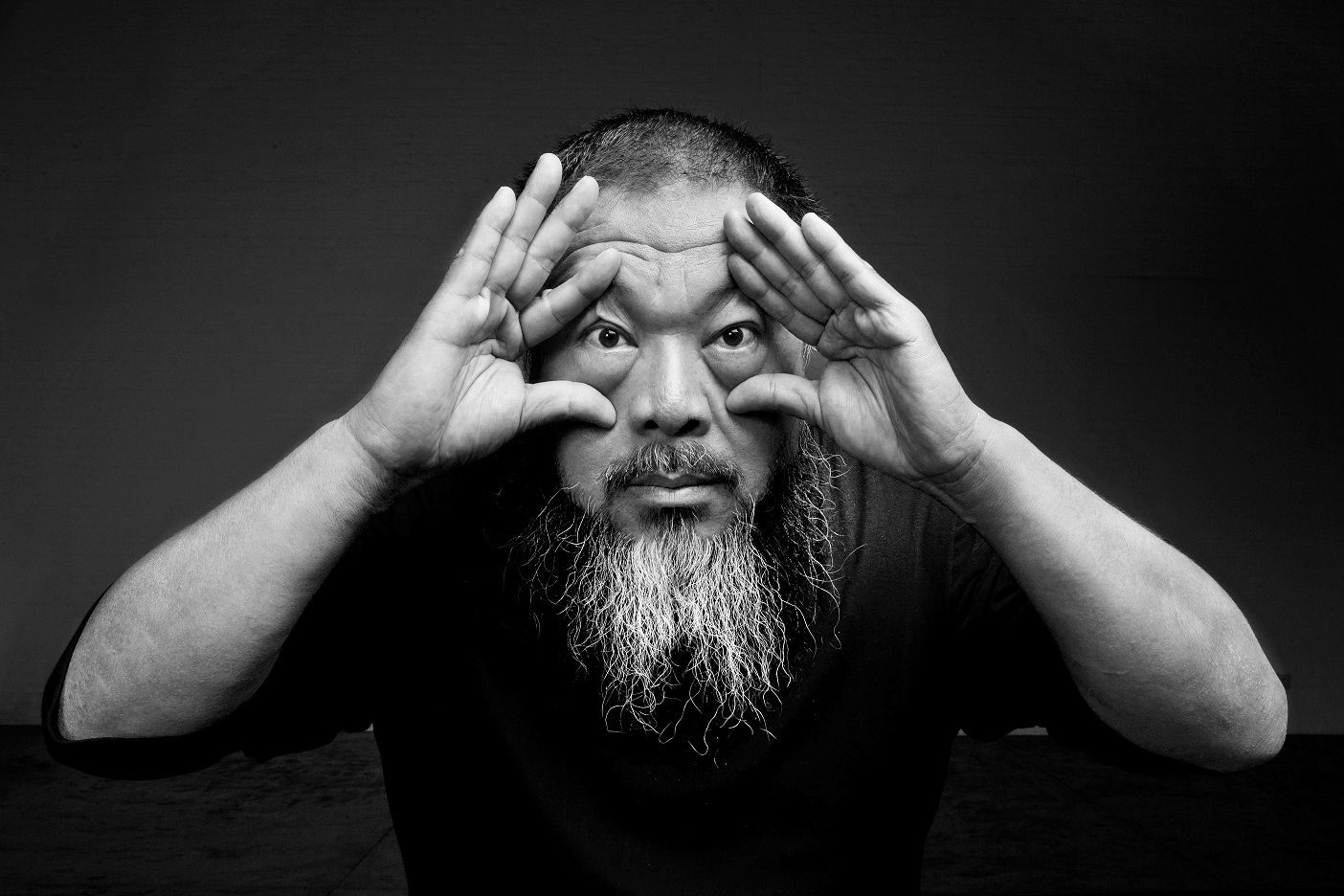
A large-scale exhibition of work by renowned Chinese dissident artist and activist Ai Weiwei is coming this fall to the Mildred Lane Kemper Art Museum at Washington University in St. Louis.
The exhibit, “Ai Weiwei: Bare Life,” will be on view beginning Sept. 28, coinciding with the museum’s reopening following a multi-million-dollar renovation and expansion that increased the museum’s public display space by 50 percent.
“Ai Weiwei: Bare Life” will feature approximately three dozen artworks, several of which have never been displayed in the United States. The pieces—some in a series, created over the last two decades in a wide variety of mediums—include sculptures, installations, photographs and films. Shown together, they provide new insight into Ai’s abiding concern for human rights and the global condition of humanity, while showcasing his profound engagement with Chinese culture past and present, especially the radical shifts that have characterized China in the new millennium.
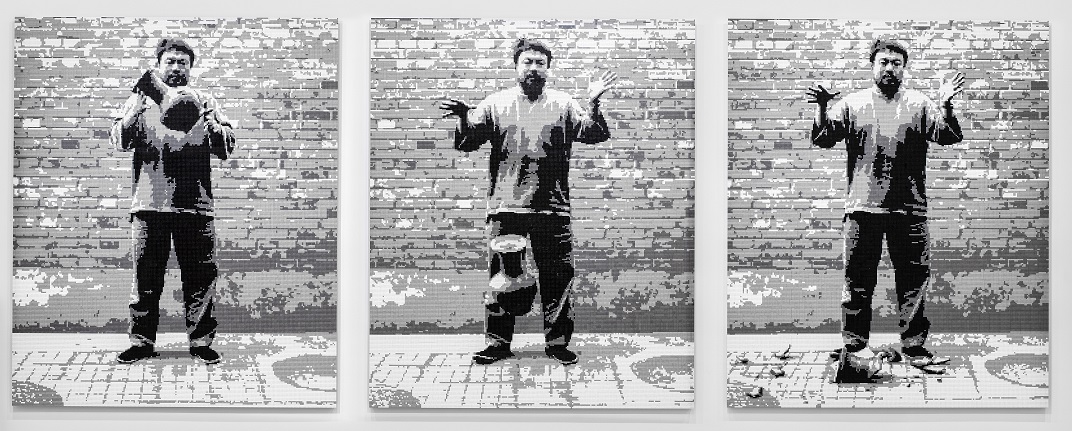
Ai, who is internationally known for rigorous, compassionate and complex artworks that address themes of political, ethical and social urgency, will be on hand for the opening alongside Kemper Art Museum director and chief curator Sabine Eckmann.
“He is so apt and gifted to do this,” Eckmann told Gazelle. “His work is very beautiful—breathtakingly beautiful and horrific at the same time. These monumental installations will be a multi-sensory experience.”
The exhibit at the Kemper Art Museum will be the artist’s first major institutional exhibition in the Midwest.
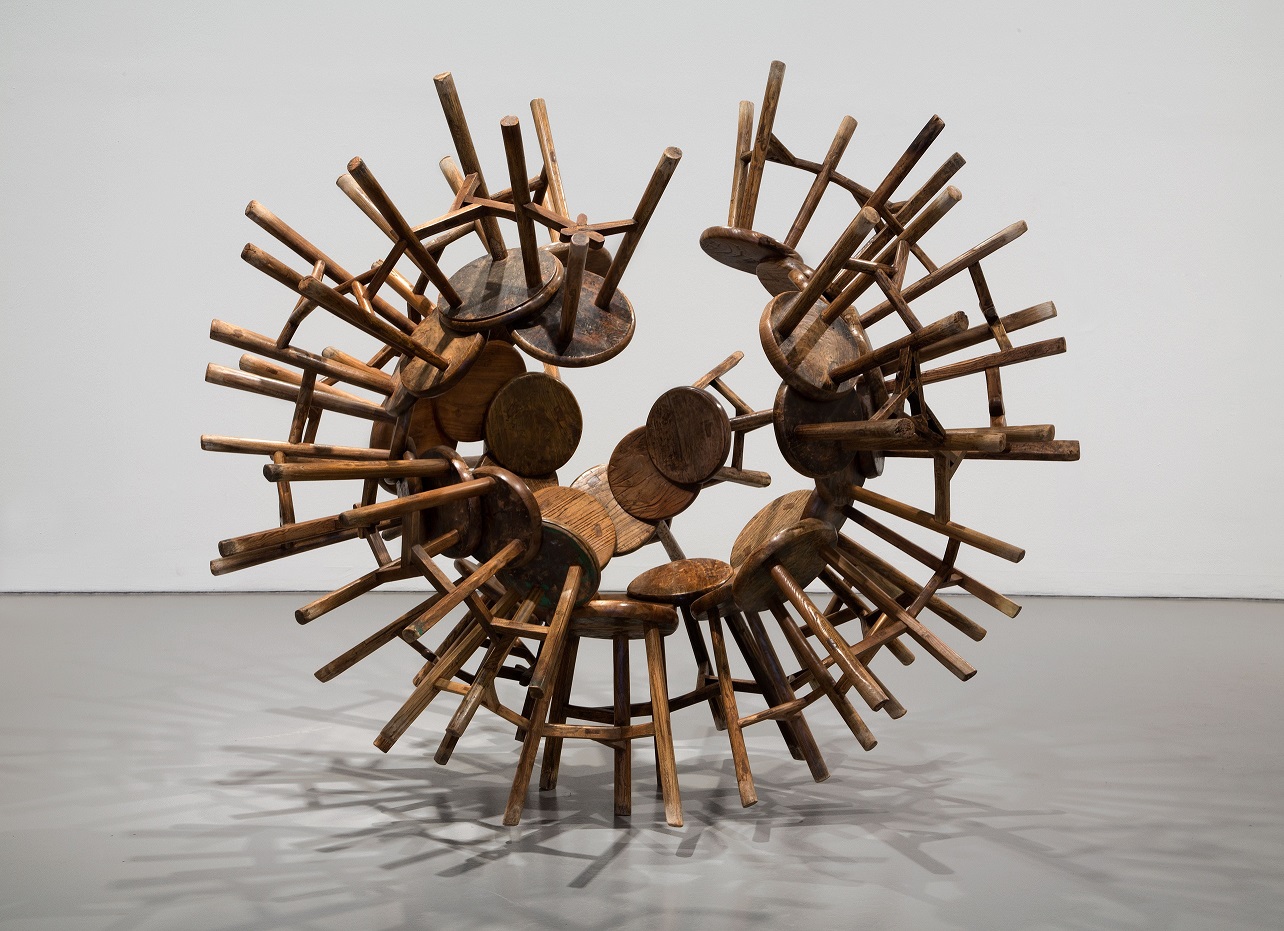
“It will also be my first major exhibition created under an academic framework. The exhibition is separated into two sections — ‘Bare Life’ and ‘Rupture’ — and the process of selecting the works and curating the show with Sabine Eckmann has been intense, but also precise and meaningful,” added Ai.
The exhibition takes its title from the writings of the Italian philosopher Giorgio Agamben, who has long examined the notion of bare, unprotected life and its manifestations throughout human history. In recent years, Agamben’s ideas have gained new force as approximately 70 million people have been displaced from their homelands and deprived of basic human rights.
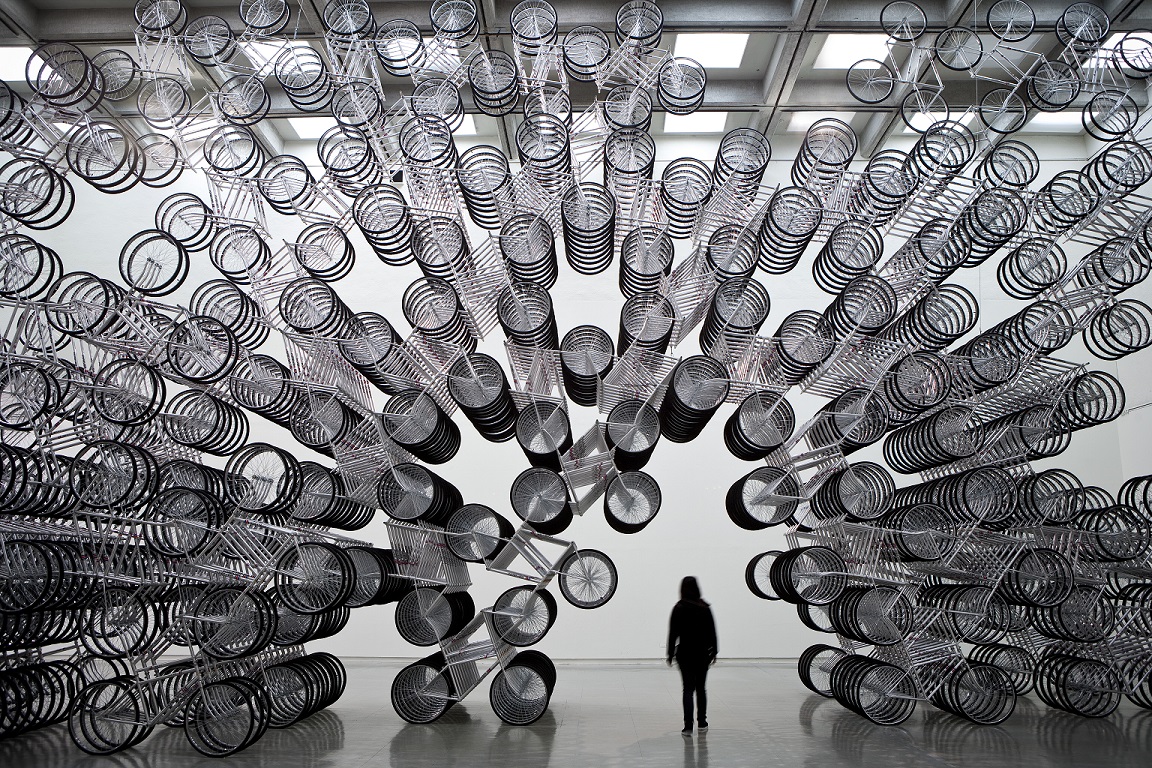
The first section, “Bare Life,” encompasses artworks visualizing the effects of the global refugee crisis, as well as Ai’s investigation into Chinese human rights violations in connection with the 2008 Sichuan earthquake. The second section, “Rupture,” alludes to the German-Jewish philosopher Hannah Arendt’s influential writings about modernity’s break from tradition. It comprises artworks that represent Ai’s creative engagement with China’s cultural legacy, from the radical erasures of the Cultural Revolution (1966–76) to the rapid globalization and economic reforms that have marked the beginning of the 21st century.
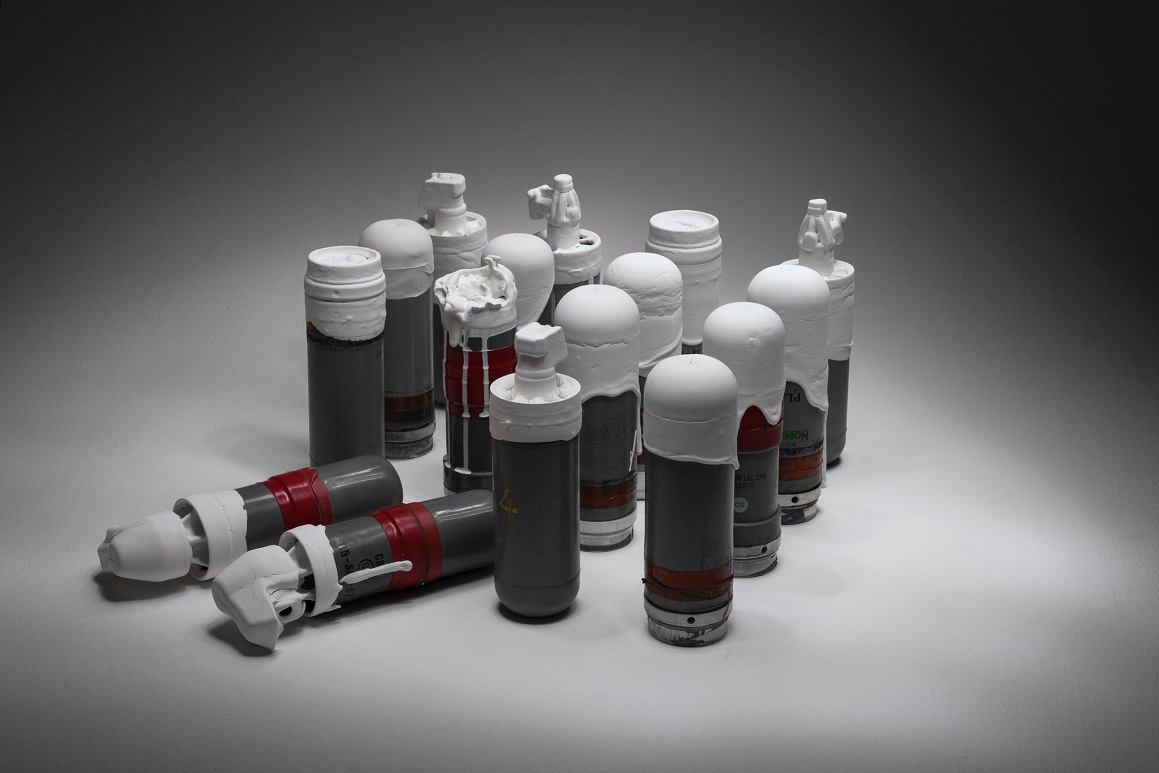
“Over the last decade, the Kemper Art Museum has explored the interconnections between art—especially conceptual art—and politics,” Eckmann said. “Continuing in this trajectory, ‘Ai Weiwei: Bare Life’ is focused on Ai’s creation of images that reconfigure the past in the present, employ a radical form of realism for political critique and elevate into the realm of visibility those whose humanity has been ignored. We are extremely honored to be able to present the work of one of the most important artists and humanitarian voices of our time.”

Ai, who was born in Beijing in 1957, helped to establish the Beijing East Village artist colony, the China Art Archives & Warehouse independent art space and the architecture studio FAKE Design. He collaborated with Herzog & de Meuron on the “Bird’s Nest” stadium for the 2008 Beijing Summer Olympics. Through his investigations into the circumstances prior to and following the 2008 Sichuan earthquake, he emerged as a prominent government critic and was arrested in 2011. He remained under constant surveillance until 2015, when his passport was returned to him and he could leave the country. He currently lives and works in Berlin.
“Ai Weiwei: Bare Life” at the Mildred Lane Kemper Art Museum will be on display from Sept. 28 through Jan. 5, 2020.





